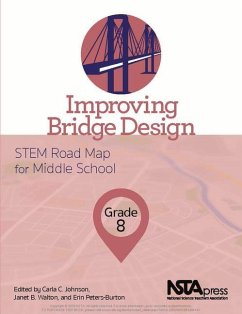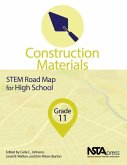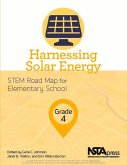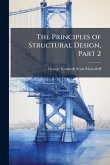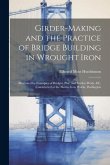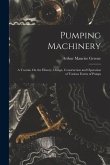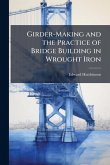"This module focuses on addressing the real problems of today's society through the lens of the past. In science, students will examine observable changes in rocks and fossils to interpret the past. The challenge for this module is led by mathematics and is focused on infrastructure decay, specifically the state of bridges in the United States. With recent bridge collapses (e.g., Minnesota bridge), much debate has ensued regarding the maintenance of bridges and, when building, examining designs that will prove to be more sustainable over time. Student teams will develop a decision model grounded in engineering, for the local department of transportation on how to select bridge design aligned with appropriate span length, application, use information, and other important data. In social studies, students will learn about how infrastructure such as roads and bridges has helped move their geographic region forward. In English/language arts, students will work to develop a written proposal that articulates key components of their decision model."--
Bitte wählen Sie Ihr Anliegen aus.
Rechnungen
Retourenschein anfordern
Bestellstatus
Storno

